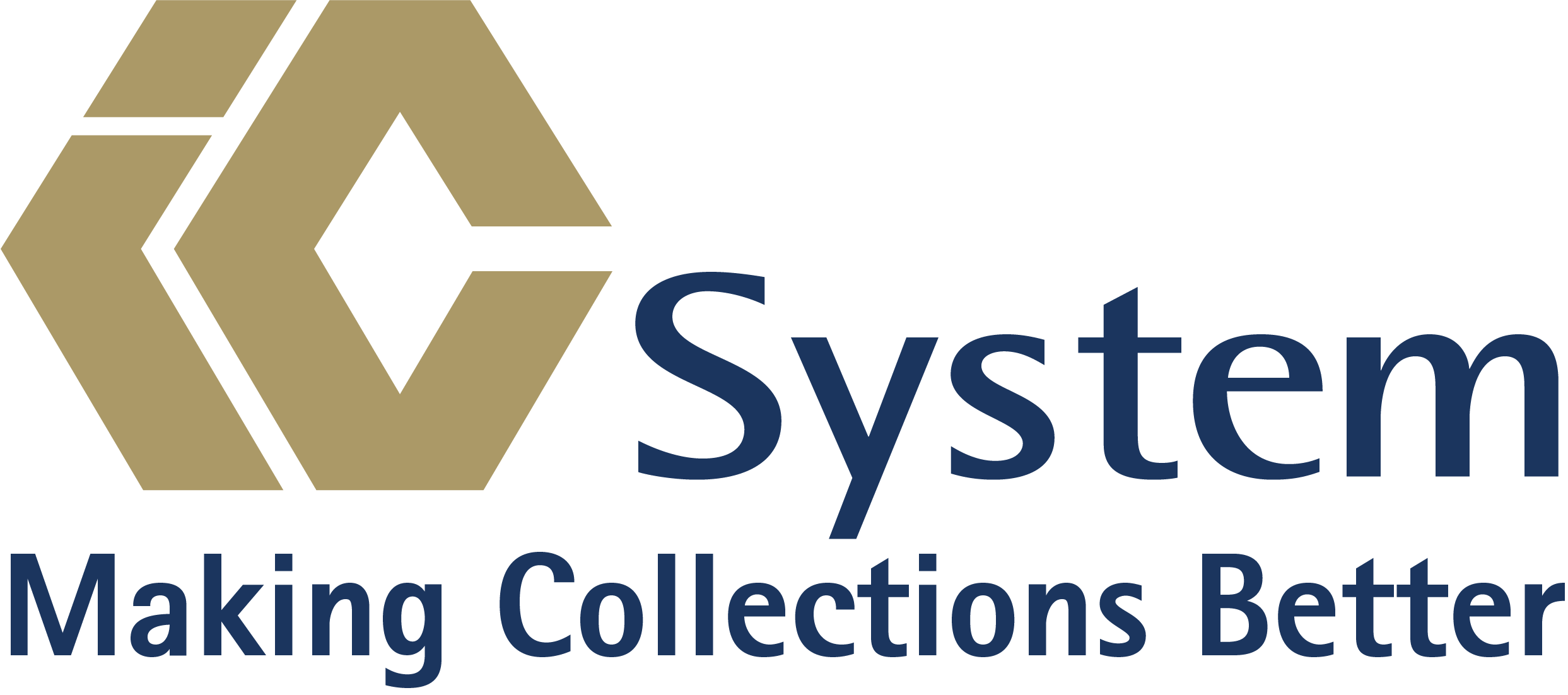Mastering the Medical Billing Collection Process

We are proud to feature input and contributions on this article from Kristina Gursky, Vice President of Healthcare Strategy at IC System. Kristina is also an active member of AAHAM, currently serving as National Government Relations Chair and Treasurer of the Minnesota Gopher Chapter.
Setting the Stage: Why the Revenue Cycle Begins Early
For many healthcare providers, the medical billing collection process feels like a race against time. From the moment a patient is scheduled to the final resolution of their account, every step of the revenue cycle must work in concert to ensure accurate billing, timely payment, and a positive patient experience. But while much attention is often given to collections, the real work starts well before the patient even walks through the door.
Preregistration and Registration: Establishing the Financial Relationship
In today’s best practices, the revenue cycle begins at preregistration. Here, your team collects critical demographic and insurance information from the patient in advance, verifying eligibility and beginning to assess financial responsibility. It’s also the first opportunity to educate the patient about what they may owe and how they can pay. When done right, this early contact sets the tone for a smoother billing process down the road.
On the day of service, registration becomes the next crucial touchpoint. Patients provide copies of their insurance cards, sign consent and financial agreement forms, and—when possible—pay a portion of their out-of-pocket costs up front. These early transactions help prevent downstream delays and errors that often result in collections.
Care Delivery to Claim Submission: Getting the Data Right
Once care is delivered, providers must accurately document the services rendered using standardized procedure and diagnosis codes. These codes are used to create clean claims that are submitted electronically to payers. The claim adjudication process then begins, in which the insurer reviews the claim, determines coverage, and sends back a remittance notice or explanation of benefits (EOB). For providers, reconciling this information is key: understanding what was paid, what was adjusted, and what the patient still owes ensures the right balance is billed.
Insurance Follow-Up: The Often-Overlooked Step
But what happens when the insurance company doesn’t respond? At this point, effective insurance follow-up becomes essential. Your billing team may need to resubmit the claim, provide additional documentation, or escalate the inquiry to secure payment. This step is often overlooked, but it can make or break the timeline for account resolution.
Patient Billing and the Statement Cycle
Once insurance payments have been processed, the patient billing cycle begins. Most hospital systems follow a 120-day or four-statement timeline before placing the account with a collections partner, especially if they must comply with Medicare bad debt reporting standards. Smaller practices, by contrast, often use a 90-day timeline. Each statement should clearly communicate what the insurance paid, what contractual adjustments were made, and what portion the patient is responsible for paying.
Resolution Paths and Common Outcomes
During this billing window, several outcomes are possible. Some patients pay in full, others request payment plans or apply for financial assistance, and some may dispute charges with their insurance. When none of these paths resolve the balance, the account may be referred to a third-party collection agency for respectful, compliant follow-up.
Early-Out and Escalated Outreach
In this phase, timing and tone matter. Many organizations initiate early-out billing within 14–30 days of the first patient statement. This soft outreach—via text, email, or a friendly phone call—can dramatically improve engagement and reduce the need for formal collections. If balances persist past 60 or 90 days (or 120 in hospital settings), more assertive—but still compassionate—outreach can begin.
Days in AR: Speaking the Language of Healthcare Finance
One important note: while many in finance may refer to Days Sales Outstanding (DSO), the preferred benchmark in healthcare is Days in Accounts Receivable (AR). This metric offers a clearer picture of how long it takes to collect payment from both payers and patients, making it more relevant for providers navigating complex billing environments.
Challenges in the Billing Cycle
Throughout this process, several challenges may arise—from missing insurance details and delayed authorizations to patient confusion or dissatisfaction with unclear billing. Add in the compliance concerns surrounding HIPAA and the FDCPA, and it’s clear why medical billing collections require a thoughtful, strategic approach.
How to Improve Collection Outcomes
So, what can you do to improve outcomes? It starts with strong front-end processes like real-time eligibility verification, clear estimates before appointments, and intuitive payment options. Empower your staff with training that helps them navigate financial conversations confidently. Use data to segment accounts, prioritize outreach, and determine when escalation is needed.
Working with the Right Partner
When you reach the limits of internal resources, a trusted collection partner can make all the difference. IC System offers early-out and full-service recovery programs that integrate seamlessly into your revenue cycle. Our HIPAA-compliant outreach teams protect your reputation while maximizing recovery—backed by custom dashboards that provide transparency at every stage.
Learn more about how IC System can improve your healthcare recovery strategy.
Disclaimer: The information, tips, and suggestions provided in this document are for general informational and marketing purposes only and do not constitute legal advice. IC System does not make any guarantees regarding the applicability or legality of the strategies discussed. State and local laws, as well as industry-specific regulations, may prohibit or limit the use of certain practices described herein. Before implementing any new collection policies or procedures, you should consult with qualified legal counsel to ensure compliance with all applicable laws and regulations.
About the Author: Julian McPherson








